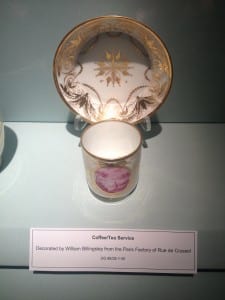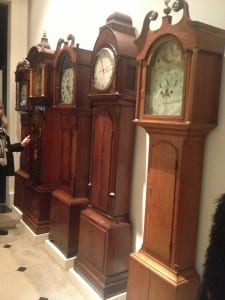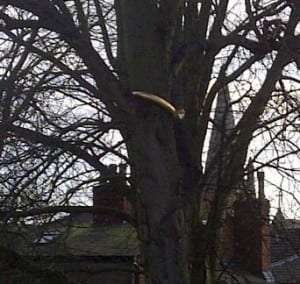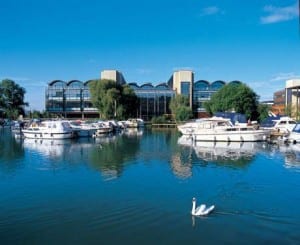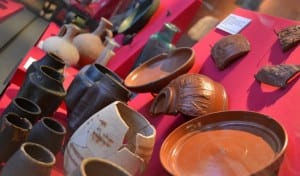During the very first lesson we had on Site Specific we found it hard to get to grips with the performance piece we was being asked to create. We did not believe as a whole class we would be able to come up with an idea which could work in the James Usher gallery. Because we were given the gallery as a site we firstly thought of doing a contemporary dance piece, as this may fit around the surroundings. However after extensive research into other companies Site Specific performances we became excited about how unique we could make our performance. Also after reading Michael Pearson, ‘Introduction to Site Specific’, the task became more understanding and this is when our ideas as a group came together.
The first time we explored the gallery we were surprised about how big the two sites we had been given were and this meant we were able to create a performance without being restricted. However there was the set back that the gallery was being ‘re-hung’, meaning whatever we had seen may move by the time it comes round to our performance. We first of all decided that we liked a window which looked out into Lincoln in the room which explores the History of Lincoln itself. We believed this would be extremely interesting to research as we are new to Lincoln it would be beneficial for us to find out the background of the town we now live in. Next to the window there was a timeline of what was outside the window many years ago, for example ‘2000 years ago you would have looked out through oak woodlands, down to a marshy river’. Although the facts we had read were interesting we decided the space near the window was to small to create the kind of piece we wanted. We did not want it to be subtle and knew we needed to make use of the space in the rest of the gallery and museum. Whilst then exploring the Usher Gallery, we noticed a recurring theme of clocks and pocket watches, after research we found out this was because James Usher was actually a watch maker and collected them himself (see other post). After discovery this information we knew as a group we would definitely base our performance around time and clocks, our aim was still vague at this point but we knew at least a small concept of the idea. We then went on to find a room in the Usher Gallery which is upstairs; it is a huge space with many paintings of how Lincoln used to look. We found the photos extremely interesting to see how much the town had completely changed. This then gave us another small idea for our piece that we wanted to base out performance in Lincoln but by bringing something new to Lincoln.
As a group we all done separate research and thought about many different ideas. We then met up and discussed each individual idea and tried to combine these into one performance. We are using ‘Lonetwin’ as an inspiration towards our performance also (see other post). The initial idea was to make sure we interpret time and show our different culture as we are all from areas surrounding London which is extremely different to Lincoln. We come up with moulding the iconic clock ‘The Big Ben’, which is in London, and placing it into the gallery during the performance, as if we are smuggling our own culture into Lincoln. We decided that polystyrene would be a good material to use and it is light and easy to carve. Furthermore we thought about the costumes we would wear and came up with the idea of wearing balaclavas as it would be more shocking to the public walking through and would highlight the idea that we are not meant to be bringing this sculpture into the gallery. A soundscape was an idea we were also keen to use, and have decided to play throughout the room noises you would usually here whilst in London and maybe even sayings or songs which are iconic to London. Under each clock dial on ‘The Big Ben’ it says in Latin, “Domine Salvam fal Reginam nostrum Victoriam primam”, which translates to, “O lord, save our Queen Victoria the first”, we thought this maybe a good quote to repeat whilst we were sculpting.
After ordering some polystyrene and trying to carve it into Big Ben it was more difficult than we thought and also very expensive to buy. This gave us doubts about the sculpting idea and we began to research other materials we could use. We are happy we decided to try this option out very soon as it shows us that we need to come up and try out many different ideas.
